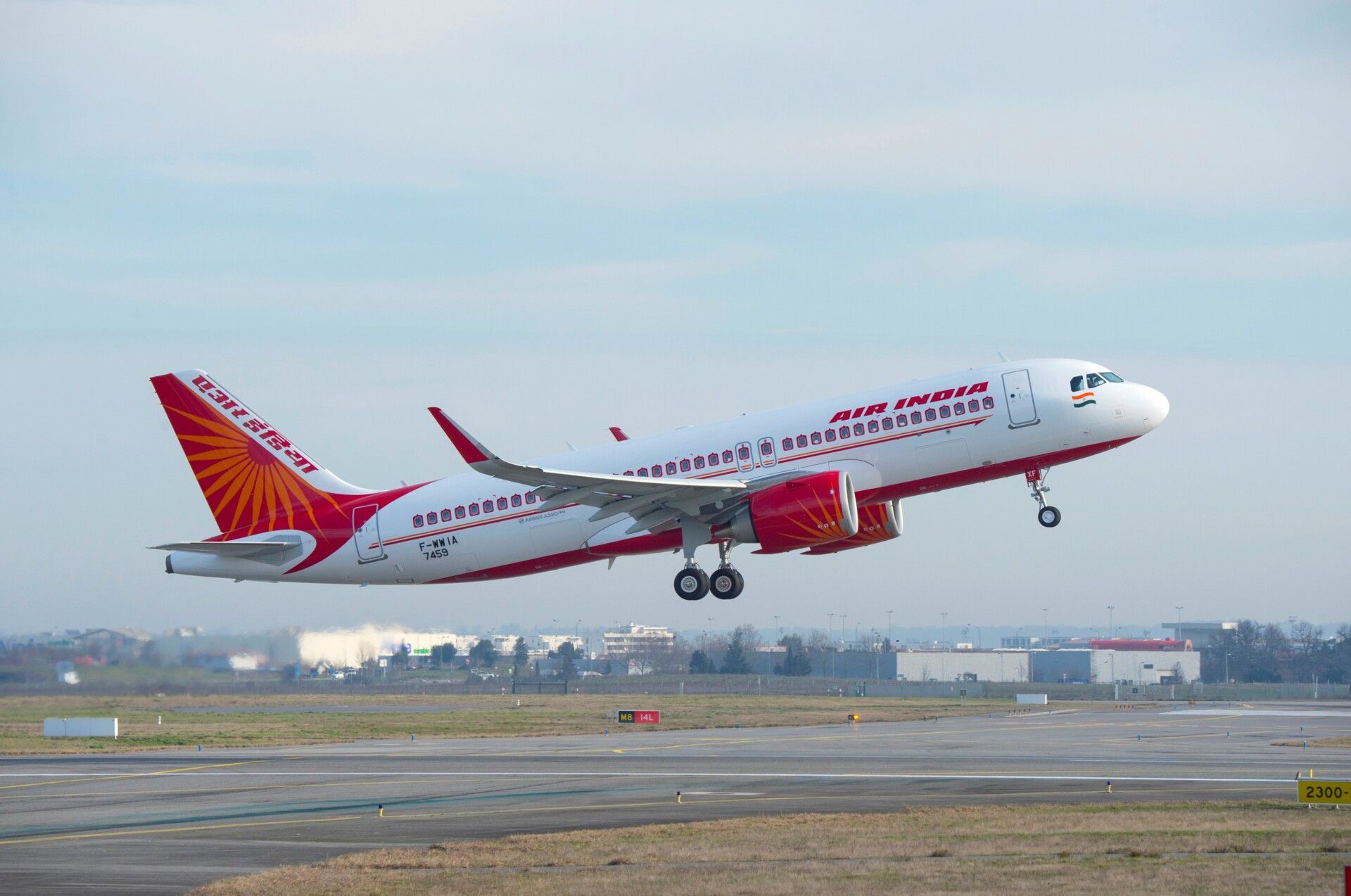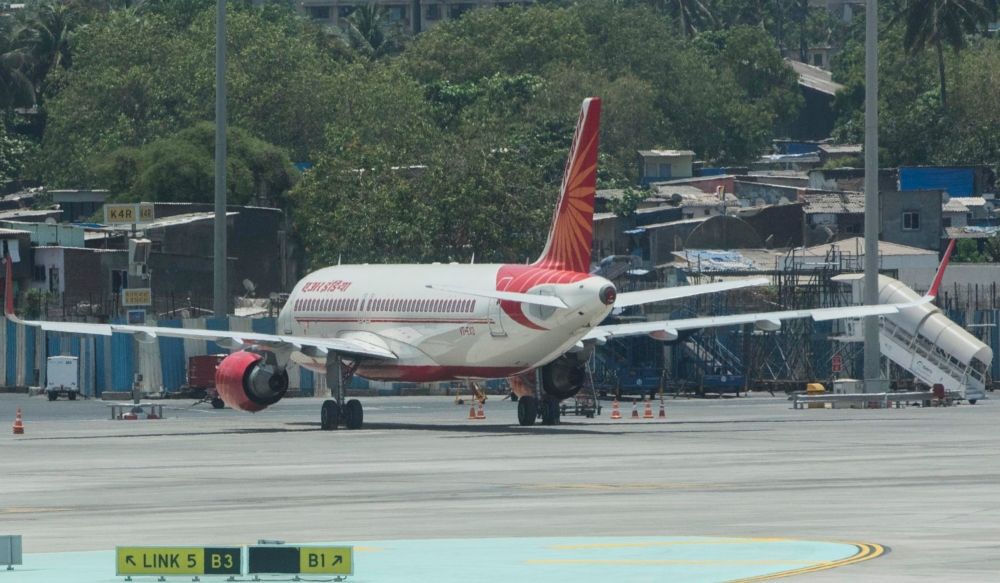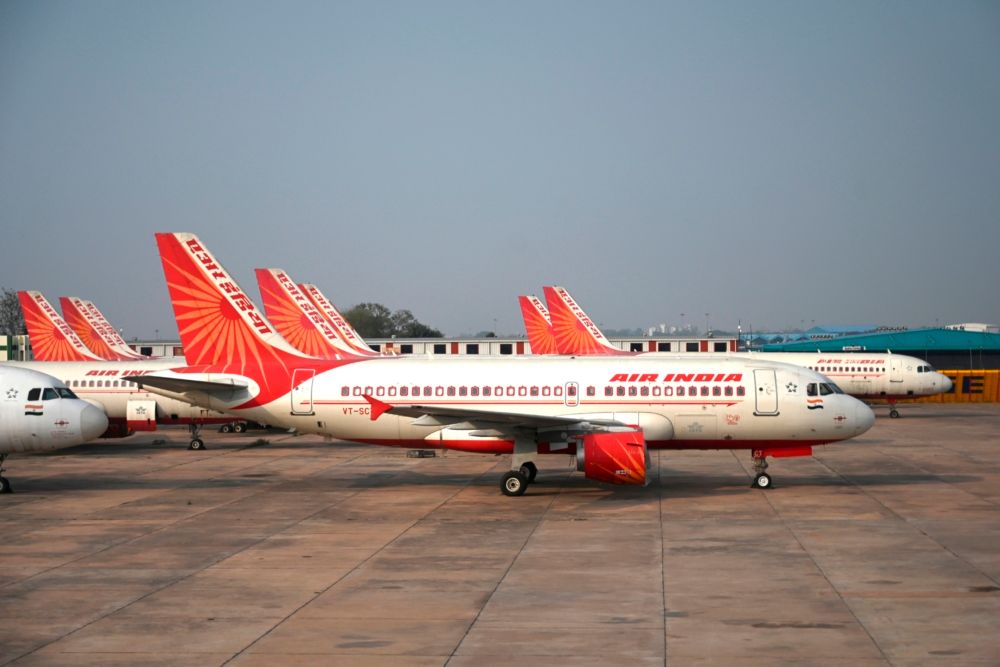Even as domestic air traffic in India shows signs of recovery, it's still not quite the same as pre-COVID levels. Therefore, it wasn't much of a surprise when India's aviation regulator, the Directorate General of Civil Aviation (DGCA), announced a slight dip in weekly flights this winter compared to 2019. Among the carriers that saw a reduction in the schedule was Air India. But is COVID the only reason for it? Let's take a look.
Winter schedule
When the DGCA approved this year's winter schedule, it announced a 4.4% drop in weekly flights compared to the pre-COVID year of 2019. Even as the COVID situation improves in the country, the pandemic's lingering effects have slowed a once rapidly-growing Indian aviation market.
The schedule will begin on October 31st and last until March 26th next year. The DGCA has approved 22,287 weekly domestic flights this winter compared to 23,307 flights in 2019. Except for Vistara and AirAsia India, all other national-level carriers announced a drop in their winter schedule. Air India, too, decreased its domestic services by almost 9%.
While COVID-19 is the prime culprit for flight reduction, Air India's troubles predate the pandemic. It's hard to put the finger on just one issue with the carrier as several factors seem to have converged, resulting in its present-day woes.
Get your boarding pass to the flight of the year. The Future Flying Forum is taking off soon!
Fleet issues
Air India has several unflyable airplanes simply because it doesn't have the funds to repair them. Many of the carrier's A320s haven't seen any action for a few years because of the lack of new engines.
While the government will not bear the costs of making the grounded planes airworthy again, it has promised the carrier's soon-to-be new owners, the TATAs, that no more aircraft will be grounded. The Times of India quotes sources as saying,
“They have been assured 58 Airbus A320 family planes, 14 Boeing 777 and 22 B787 Dreamliners of AI and 24 B737 of AI Express in airworthy condition (total 118). The government will not spend on making AI’s grounded planes airworthy but more groundings won’t happen.”
The TATAs have been monitoring Air India's fleet situation and would likely have to foot bills of more than $1 billion to repair and upgrade its worn-out fleet. Speaking to Reuters, a veteran aviation industry executive commented,
“If you don't have newer airplanes or airplanes that are reliable, no matter what you do, you are going to have a problem.”
Unprofitable routes
Last year, the then Civil Aviation Minister Hardeep Singh Puri revealed in Parliament that of all the routes Air India operated between April 2019 and March 2020, only 9 domestic and 12 international met the total cost of operations.
With cheaper and more efficient alternatives on many domestic routes, passengers often opt for other airlines, leaving Air India flights in losses. Air India's biggest competitive advantage has been its international routes, especially non-stop connections to the US and Europe. With the pandemic decimating long-haul flights and India still not fully opened to international travel, the carrier lost its only strength.
Looking at the winter schedule, it seems that Air India has tried to rationalize its networks for the next few months by reducing operations on loss-making domestic routes.
With the carrier's handover to the TATAs just months away, hopefully, it will gradually return to being a profitable enterprise.



